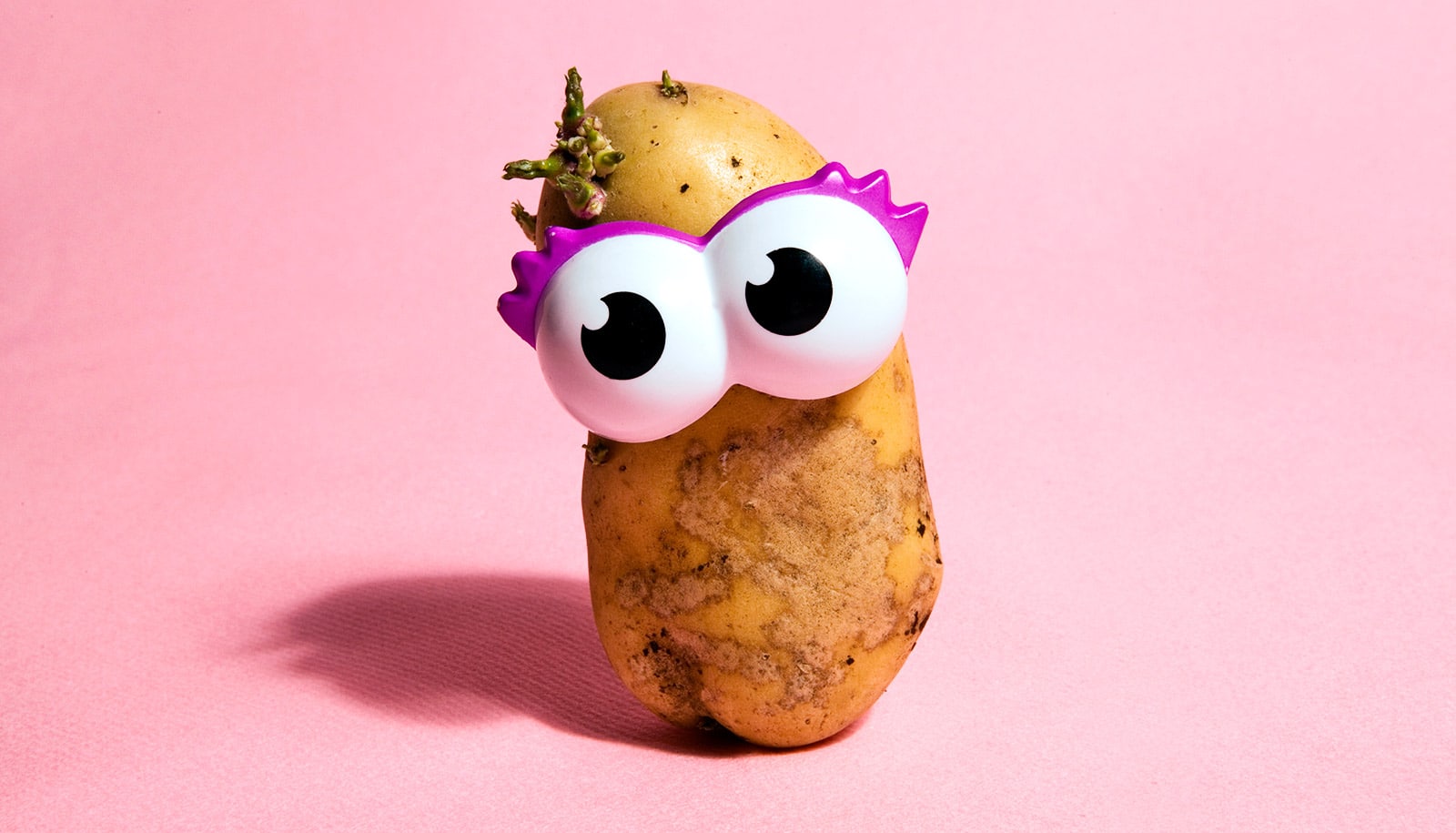
"This is actually an incredibly fast rate of change for the gene that controls milk digestion," says Krishna Veeramah. (Credit: cottonbro/Pexels )
Bronze Age bones say lactose tolerance spread fast
The remains of Bronze Age warriors suggest lactose tolerance, or the ability to digest milk, spread rapidly throughout Central Europe.
New findings suggest lactose tolerance spread throughout Central Europe in just a few thousand years.
That’s an extremely fast transformation compared to most evolutionary changes in humans.
The researchers came to this conclusion by testing the genetic material from the bones of people who died during a Bronze Age battle around 1200 BCE.
The ability for humans to digest milk as adults has altered our dietary habits and societies for centuries. But when and how that ability—known as lactase persistence or lactose tolerance—occurred and became established is up for debate. The findings appear today in Current Biology .
Despite the prominence of milk-drinking in Europe and North America today, approximately two-thirds of the world’s population remains lactose intolerant. Generally, no mammal digests milk as an adult, which is why for example people should not give adult cat or dog pets milk. However, a subset of humans has a genetic mutation that enables the enzyme lactase to digest the lactose sugar found in milk throughout an individual’s lifetime. Many of these people are from Central or Northern Europe.
The battle giving rise to the new study occurred on the banks of the Tollense, a river in present-day Germany. It is the most significant known battle from Bronze Age Europe , probably consisting of about 4,000 warriors, almost a quarter of whom died during the fighting. Although the bone fragments from the site are more than 3,000 years old, the researchers were able to sequence DNA from some of them.
Krishna Veeramah, associate professor in the department of ecology and evolution at Stony Brook University, led part of the research that involved analyzing how the overall genetic ancestry of the battlefield population compared to that of other modern and ancient populations. He and colleagues then compared the frequency of the lactase-persistent allele to other modern and ancient populations, particularly medieval European populations.
The research team, led by Joachim Burger and colleagues at Johannes Gutenberg University Mainz, found that despite the battle occurring more than 4,000 years after the introduction of agriculture in Europe—which in part would have involved the consumption of dairy from early cattle, goats, and sheep domesticates—only one in eight of the warriors had a genetic variant that enabled them to break down lactose.
“When we look at other European genetic data from the early Medieval period less than 2,000 years later, we find that more than 60% of individuals had the ability to drink milk as adults, close to what we observe in modern Central European countries, which ranges from 70 to 90%,” says Veeramah.
“This is actually an incredibly fast rate of change for the gene that controls milk digestion. It appears that by simply possessing this one genetic change, past European individuals with the ability to digest lactose had a 6% greater chance of producing children than those who could not. This is the strongest evidence we have for positive natural selection in humans.”
Burger, lead author, adds that there still is no definitive answer to the question: Why did being able to digest the sugar in milk after infancy provide such a big evolutionary advantage?
“With milk being a high-energy, relatively uncontaminated drink, its ingestion may have provided greater chances of survival during food shortages or when supplies of drinking water may have been contaminated,” explains Burger.
Source: Stony Brook University
The post Bronze Age bones say lactose tolerance spread fast appeared first on Futurity .
Share this article:
This article uses material from the Futurity article, and is licenced under a CC BY-SA 4.0 International License. Images, videos and audio are available under their respective licenses.
Related Articles:
Potatoes may have altered ancient people’s genomes
Nov. 12, 2018 • futurityCourtship traditions led to the leggy African chicken
July 22, 2019 • futurityLinks/images:
- https://www.futurity.org/mass-grave-poland-2059032-2/
- https://www.futurity.org/plant-based-milk-nutrition-1666052/
- https://www.futurity.org/dairy-farming-human-skulls-1524662/
- https://doi.org/10.1016/j.cub.2020.08.033
- https://www.futurity.org/bronze-age-mummies-england-1021822/
- https://news.stonybrook.edu/newsroom/study-reveals-lactose-tolerance-happened-quickly-in-europe/
- https://www.futurity.org/lactose-tolerance-milk-bronze-age-central-europe-2433082-2/
- https://www.futurity.org


